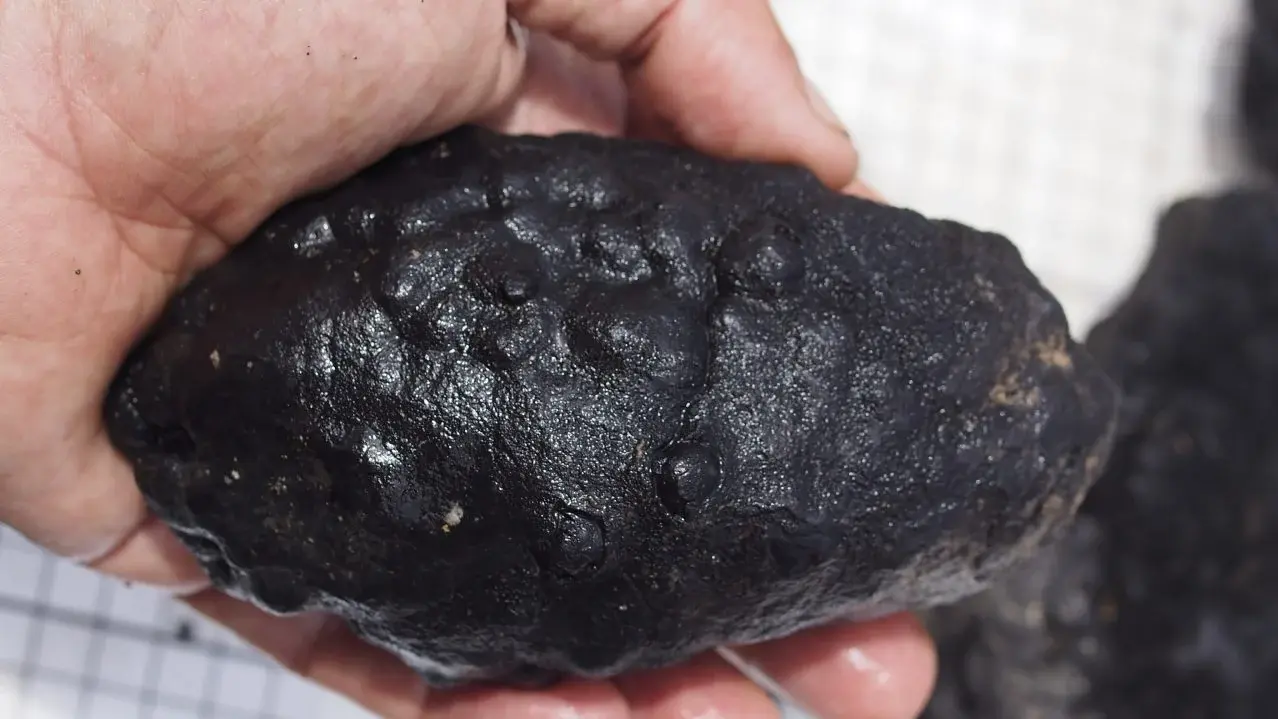WATCH: In a new @NatureGeosci paper published today, deep-sea scientists led by Prof Andrew Sweetman of SAMS have found a new mechanism for oxygen production.
‘Dark oxygen’ occurs at thousands of metres below the sea surface!
Read the paper: https://t.co/osUMmRjgHn#DarkOxygen pic.twitter.com/qidTG0AjhE
— Scottish Association for Marine Science (@SAMSoceannews) July 22, 2024
Scientists are a smart bunch, and if they say human beings grew from bacteria that was created by a magic rock, I believe it, even if it is completely retarded and makes no sense.
In the total darkness of the depths of the Pacific Ocean, scientists have discovered oxygen being produced not by living organisms but by strange potato-shaped metallic lumps that give off almost as much electricity as AA batteries.
The surprise finding has many potential implications and could even require rethinking how life first began on Earth, the researchers behind a study said on Monday.
It had been thought that only living things such as plants and algae were capable of producing oxygen via photosynthesis – which requires sunlight.
But four kilometres (2.5 miles) below the surface of the Pacific Ocean, where no sunlight can reach, small mineral deposits called polymetallic nodules have been recorded making so-called dark oxygen for the first time.
You sort of have to wonder why, if we put a man on the Moon (lol), we don’t know what’s going on 2.5 miles underwater, don’t know about magic rocks.
Frankly, I don’t think this proves bacteria turned into fish and then fish turned into monkeys. There is not really anything that make me believe something that dumb.
A rock that creates oxygen, however, is something interesting.
Brief Communication: Evidence of dark oxygen production at the abyssal seafloor@ProfAKSweetman @d_de_jonge @alyciajsmith @jj_marlow @Alylough @clarewoulds @willhomoky @SAMSoceannews @JNCC_UK @BU_Tweetshttps://t.co/gTfUNw6y0S
— Nature Geoscience (@NatureGeosci) July 22, 2024
Andrew Anglin contributed to this article.
